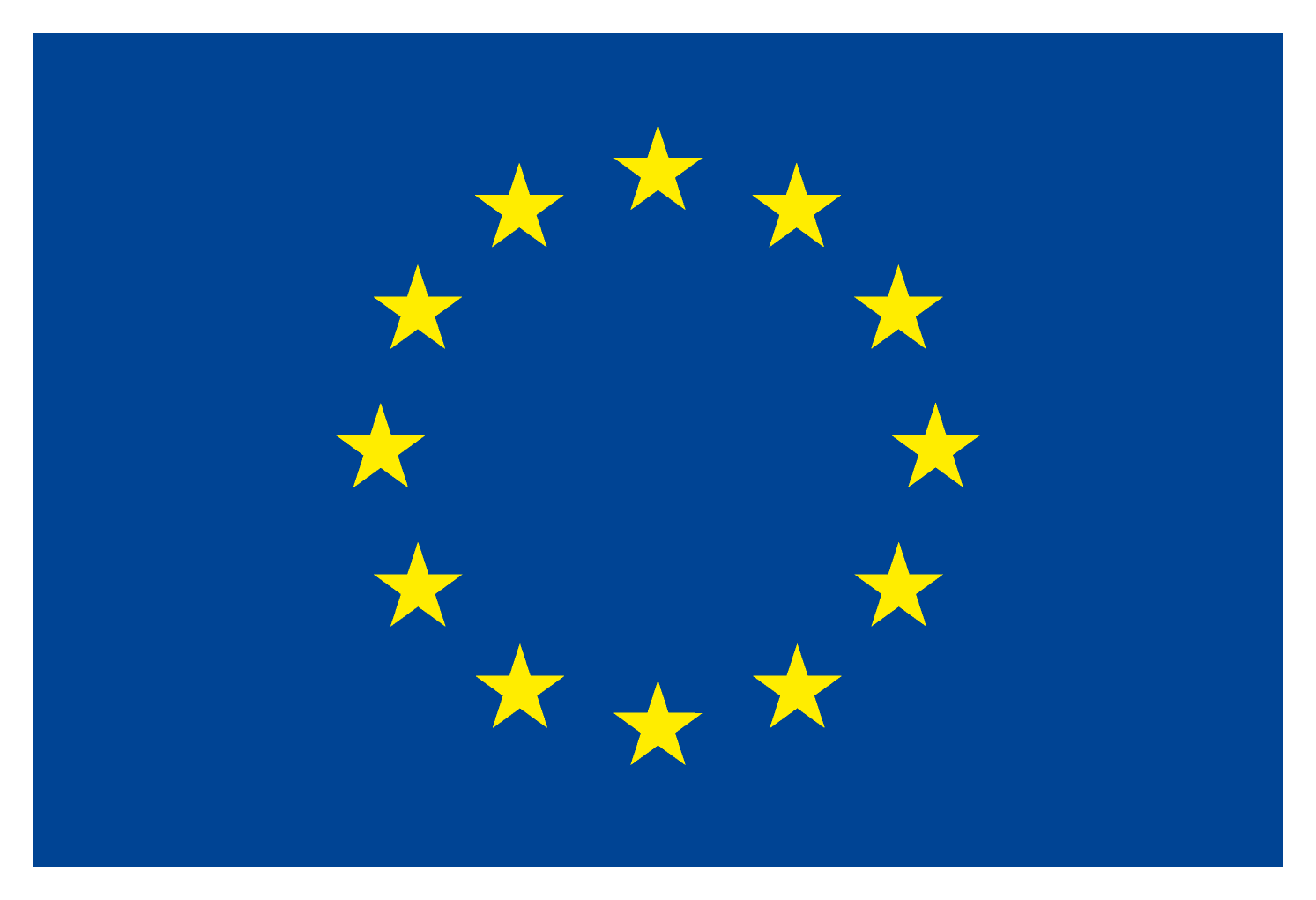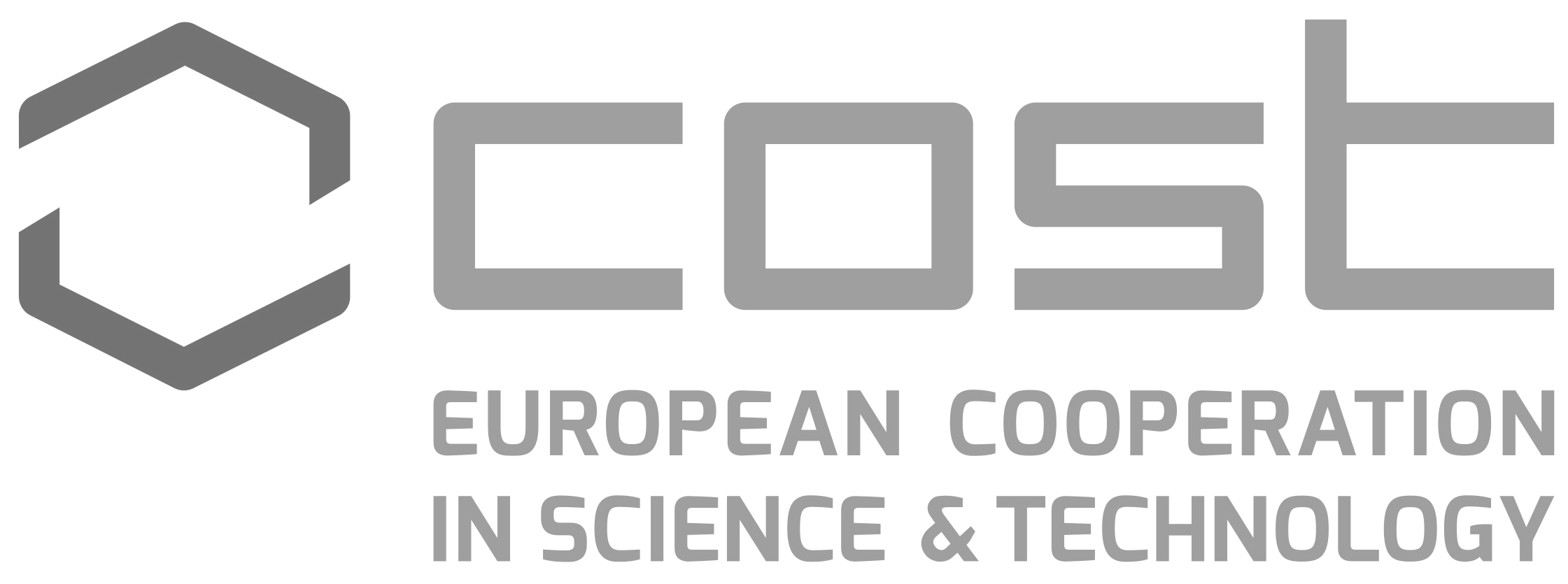Materials under Extreme Conditions: Technologies for CRMs Reduction, Substitution and Recovery
A special issue of Materials (ISSN 1996-1944).
Deadline for manuscript submissions: closed (31 December 2021) | Viewed by 41370
Special Issue Editor
Interests: raw material; secondary raw material; environmental monitoring; indoor air quality; depollution processes
Special Issues, Collections and Topics in MDPI journals
Special Issue Information
Dear Colleagues,
The Special Issue comprises an in-depth introduction (editorial article) on the CRM challenge for materials under extreme conditions, followed by six chapters (co-authored articles) reviewing the major scientific and technological outcomes from the COST Action CRM-EXTREME for four strategic industrial sectors (energy, transportation, machinery manufacturing, and cutting tools) with a circular economy approach, and focusing on the guidelines for the synthesis, characterisation, modelling, testing, recycling and application of the new materials (such as ferrous and nonferrous alloys, composites, and nanomaterials) and new technologies (such as additive manufacturing and coatings). Each chapter summarises the state of play as at the end of the Action and identifies what further research is needed to progress to commercially viable systems that could be implemented on industries, and to what timetable.
The COST Action CA15102 CRM-EXTREME is the promoter of the Special Issue as dissemination activity, consistent within the Action Dissemination Plan, providing material not only for the scientist community, but also targeted at end-users and industrial stakeholders. For this reason, the Special Issue supports the more practical end-user objectives with more futuristic and speculative dissemination from the scientific community, designed to stimulate and guide further research.
Other contributions, from authors external the Action, are the wellcome, since we are conscious that the Action dimension and duration was not big and long enough to include most of the research on going in Europe and world wide on the challenge of CRMS Reduction, Substitution and Recovery.
Dr. Maria Letizia Ruello
Guest Editor
COST (European Cooperation in Science and Technology) is a pan-European intergovernmental framework. Its mission is to enable scientific and technological breakthrough developments leading to new concepts and products and thereby contribute to strengthening Europe’s research and innovation capacities. It allows researchers, engineers, and scholars to jointly develop their own ideas and take new initiatives across all fields of science and technology, while promoting multi- and interdisciplinary approaches. COST aims at fostering a better integration of less research intensive countries to the knowledge hubs of the European Research Area. The COST Association, an international not-for-profit Association under Belgian Law, integrates all management, governing, and administrative functions necessary for the operation of the framework. The COST Association has currently 36 Member Countries.
|
|
|
Manuscript Submission Information
Manuscripts should be submitted online at www.mdpi.com by registering and logging in to this website. Once you are registered, click here to go to the submission form. Manuscripts can be submitted until the deadline. All submissions that pass pre-check are peer-reviewed. Accepted papers will be published continuously in the journal (as soon as accepted) and will be listed together on the special issue website. Research articles, review articles as well as short communications are invited. For planned papers, a title and short abstract (about 100 words) can be sent to the Editorial Office for announcement on this website.
Submitted manuscripts should not have been published previously, nor be under consideration for publication elsewhere (except conference proceedings papers). All manuscripts are thoroughly refereed through a single-blind peer-review process. A guide for authors and other relevant information for submission of manuscripts is available on the Instructions for Authors page. Materials is an international peer-reviewed open access semimonthly journal published by MDPI.
Please visit the Instructions for Authors page before submitting a manuscript. The Article Processing Charge (APC) for publication in this open access journal is 2600 CHF (Swiss Francs). Submitted papers should be well formatted and use good English. Authors may use MDPI's English editing service prior to publication or during author revisions.
Keywords
- Strategic industrial sector
- Machinery manufacturing
- Energy
- Transportation
- Cutting tools
- Value chains
- Coating
- Advanced materials
- Composite
- Alloy
- Processes
- Testing
- Modelling
- Recycling








